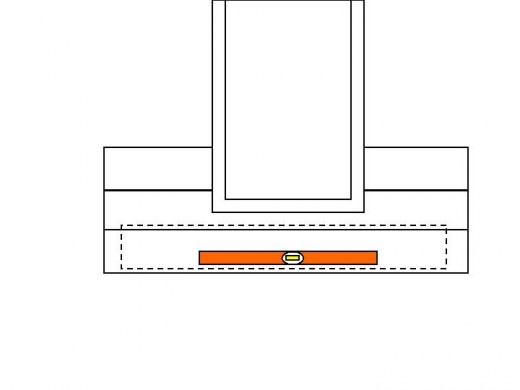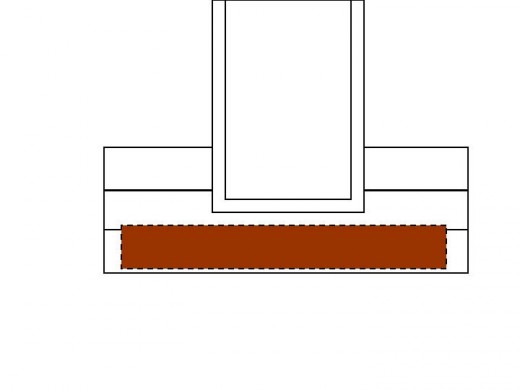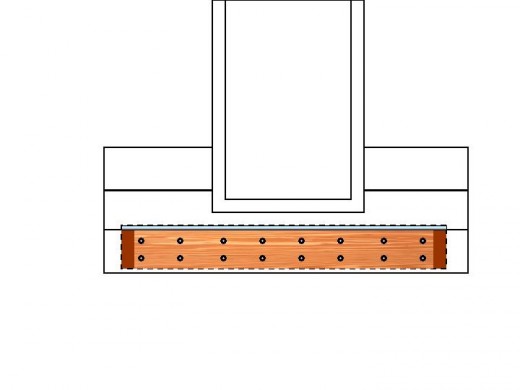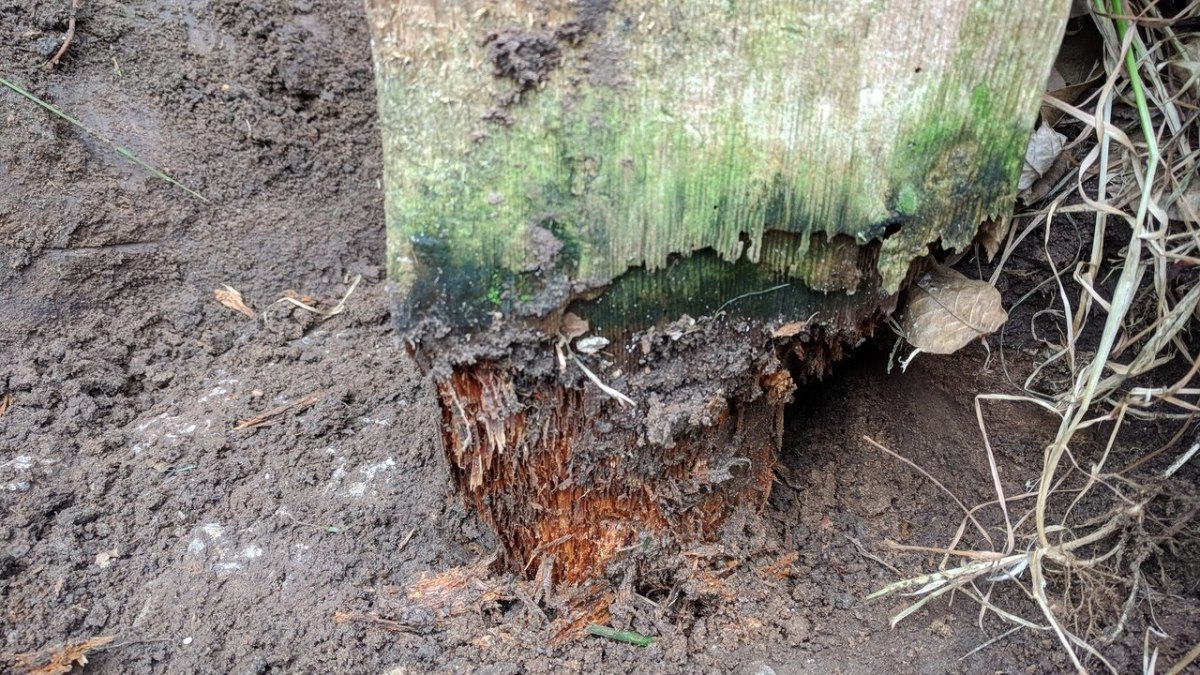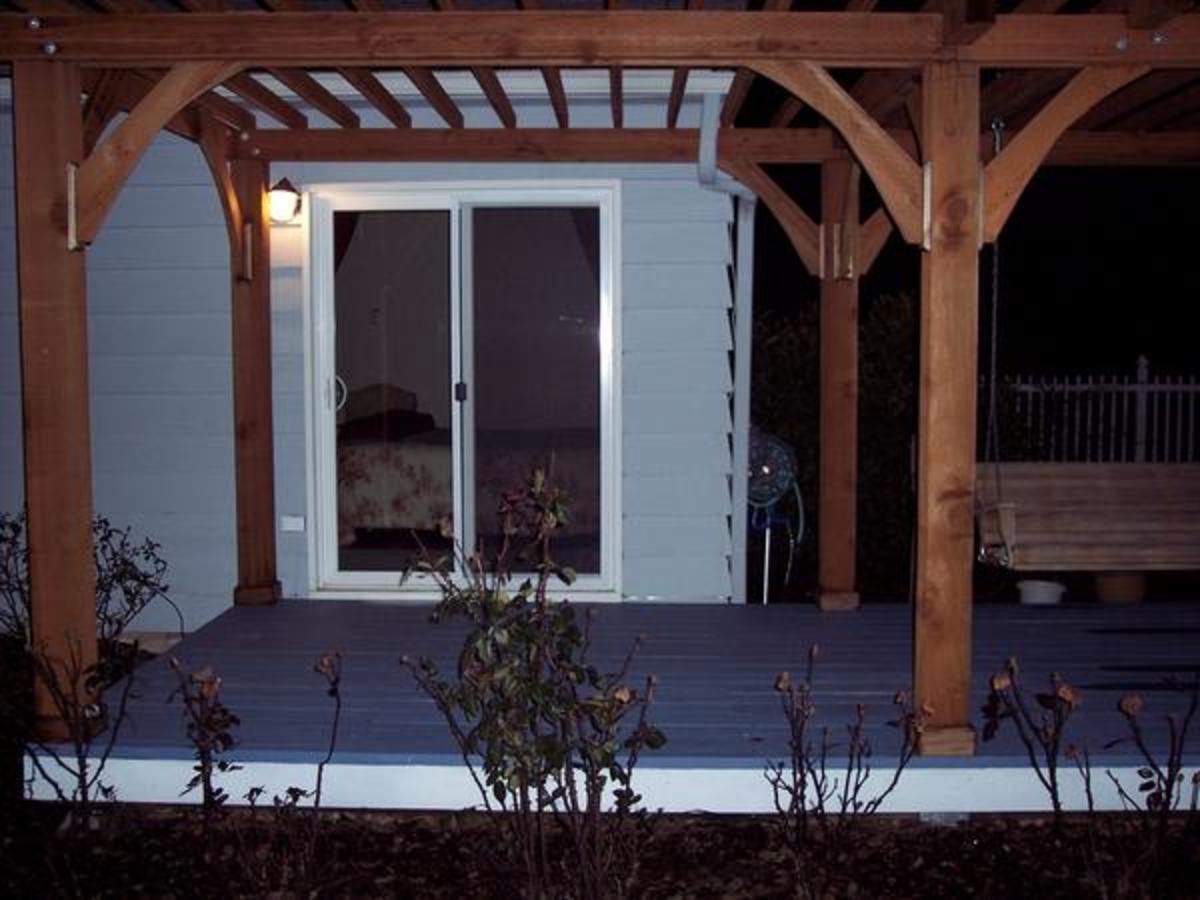How to Attach Deck Ledger To House
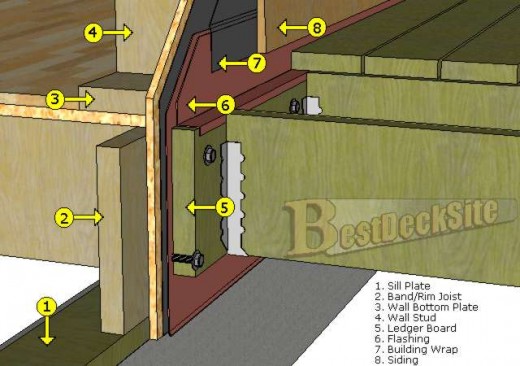
The deck ledger provides the place where your deck attaches to the house. It is the reference point for the location of where the deck is going to be built. These instructions are for homes with vinyl sidings.However, the principles are still the same when securing a ledger to any type of wall.
The instructions are moderately difficult.You need some basic carpentry skills to do this project.Typical tools and materials you’ll need are listed below.The exact items will vary based on the design you choose or made.
Approved Deck Plan
Pressure treated wood
Flashing or metal drip edge
Lag bolts
Washers for lag bolts
3 inch nails
Power Drill
Spade or Paddle bits to countersink bolt head and washer.
Socket Wrench
Caulk
Circular Power Saw
Tin Snips
Hammer
Chisel
Level
Pencil
Using the dimensions of your plan, locate where the ledger will be installed and mark the outline with a pencil. Make sure the horizontal line is level. Verify you have the width of the ledger correct. For example, a 2 x 8 does not have those exact dimensions in standard lumber.
Note: If the deck has a entry to the inside, it is recommended that you place the ledger about two inches below the doorway. See Fig 1. Account for the thickness of the planks. The finished deck should be at least one inches from the door so that water will have less of a chance to get inside the house.
Remove the siding to expose the wood sheathing of the house. See Fig 2.For long cuts, reverse the blade of the circular saw and set to cut to the depth of the siding. If you don't reverse the blades you will just make big jagged rips on the cuts and it will just look awful. For small cuts, use tin snips. The most difficult cuts are the corners. Use a hammer and chisel for best cuts. A Fein MultiMaster Tool works even better if
you have one.
Measure the length of the cutout and cut the flashing or metal drip edge to fit. The flashing is use to prevent moisture from collecting inside the house. Try to make it one piece. It is still okay to have multiple pieces as long as they are caulked later. Install the flashing.
Attach the ledger with some nails to position it. Make sure you don't hammer the nails all the way. You will want to remove it out of your way after you put the lag bolts in later.
Mark the holes where you will want to put lag bolts. Make sure they don't get in the way of the joist hangers you plan to put on later.
Drill the holes the size of the lag bolts. See example in Fig 3. Use a spade bit or paddle bit to countersink the hole for the washers and bolt heads.
Use a socket wrench to screw the bolts in. The lag bolts should be long enough to go through the ledger, sheathing, and header joist of the house.
Put chalk in the holes to make the ledger more watertight. See Fig 3. Add caulk along the metal drip edge where it meets the siding.
